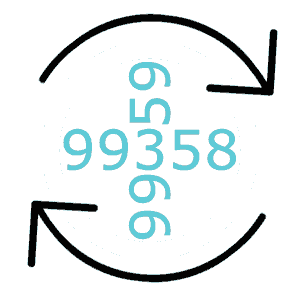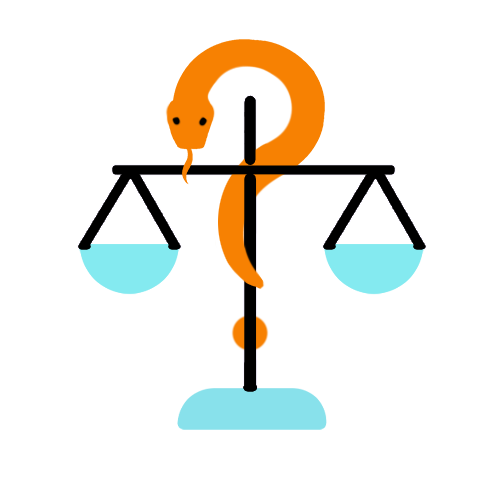How to (Easily) Manage e-Bill Rejections

When electronic billing goes right (which is the vast majority of the time), there’s no faster way to get paid correctly for treating an injured worker.
However, providers and billing staff can find themselves at a loss when a workers’ comp e-bill is rejected.
Managing a rejected workers' comp e-bill — as signaled by a ‘277 Acknowledgement’ (277 ACK) indicating the claims administrator’s clearinghouse did not accept the e-bill — is radically different from managing the relatively rare group health or Medicare e-bill rejections.
When a clearinghouse rejects an e-bill, that e-bill is not forwarded to the claims administrator for processing and payment. daisyBill data indicates that almost 5% of all workers’ comp e-bills are rejected; in 2022 clearinghouses rejected 78,750 e-bills.
Often, these e-bill rejections are invalid and due to clearinghouse or claims administrator glitches. But sometimes, the rejection is valid and due to an error on the provider’s end.
Here’s the good news: a valid e-bill rejection is an opportunity to correct any errors, resubmit the e-bill, and get paid. To help practices ensure reimbursement, this article:
- Outlines the possible reasons for a valid e-bill rejection
- Includes a video demonstrating the steps necessary to resubmit a rejected e-bill, using daisyBill e-billing software as an example
Below, learn how 277 Reject ACKs can help practices easily identify and fix common billing errors that, with paper billing, would have derailed the payment process. Instead of waiting for a paper Explanation of Review (EOR) to come in the mail, e-billing rapidly resolves these billing snags.
For a complete breakdown of 277 ACKs, see this article.
277 Reject - Next Steps
To receive payment for a rejected e-bill, the provider’s billing staff must determine the reason the clearinghouse rejected the e-bill. The two most common rejection reasons are:
- The e-bill contained incorrect Patient or Injury information, or
- The clearinghouse erroneously rejected the e-bill due to their own technical failure
The video below illustrates the process of e-bill rejection, and explains the steps daisyBillers take to resubmit rejected e-bills for payment — but even if you do not use daisyBill, this video is still instructive in how to manage rejected bills for the treatment of injured workers.
277 Acknowledgements Explained
Within two days of receiving an e-bill, the claims administrator must send the provider a 277 ACK, an electronic file formally acknowledging that the claims administrator received the e-bill. Most importantly, the 277 ACK informs the provider whether the claims administrator will adjudicate the e-bill for payment.
For each e-bill, the claims administrator (or its clearinghouse vendor) must send the provider a 277 ACK with one of the following two messages:
- 277 ‘Accept’ ACK - Acknowledges that the claims administrator accepts the e-bill for payment adjudication, or
- 277 ‘Reject’ ACK - Acknowledges that the e-bill is either technically non-compliant or contains erroneous information that prevents the claims administrator from identifying the injury associated with the e-bill.
Since an e-bill contains the patient demographic and injury claim information, a 277 ‘Reject’ ACK alerts the provider to correct any mistakes, including the mistake of having erroneously sent the e-bill to the wrong claims administrator.
The 277 ‘Reject’ ACK is extraordinarily helpful for both claims administrators and providers:
- The claims administrator avoids the cost of processing and denying erroneous bills.
- Providers can correct erroneous e-bills to receive payment more quickly, because they do not need to wait for a paper EOR.
In workers’ comp billing as in all aspects of life, people screw up.
Providers misidentify patients, injuries or claims administrators. Claims administrators deny or adjust incorrectly. In the past, errors like these created knots that took time and resources to untangle. Now, technology makes the untangling quick and easy — leaving more time and resources for providers to devote to healing injured workers.
Workers’ comp can work for providers. daisyBill software, data, and expertise makes billing easier, faster, and less costly. Request a free demonstration below.
REQUEST DEMO
DaisyBill provides content as an insightful service to its readers and clients. It does not offer legal advice and cannot guarantee the accuracy or suitability of its content for a particular purpose.




.png)
.gif)